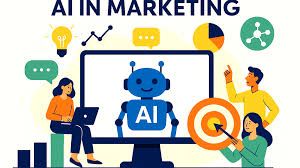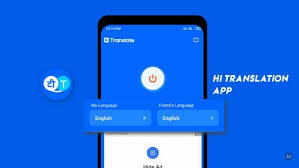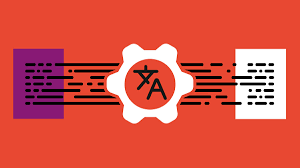
Challenges in Language translation app development
In today’s increasingly globalized and connected world, the need for reliable and efficient language translation applications has never been greater. From enabling cross-border communication to supporting international businesses and travel, translation apps play a crucial role. However, developing a high-quality language translation application involves several complex challenges across linguistics, machine learning, and user experience. This article explores the key obstacles developers face when building translation software and offers insights into how to navigate them.
Understanding the Scope of Language Translation Applications
Language translation applications vary widely in scope and functionality. These may include text-based translators, speech-to-text systems, real-time conversation apps, and document translation tools. Regardless of type, all translation apps aim to convert one language into another with accuracy, context, and speed. Unlike traditional dictionaries, modern translation tools must understand linguistic nuance, grammar rules, and cultural relevance.
Key Technical Challenges
1. Supporting Multiple Languages and Scripts
One of the primary technical challenges is ensuring support for a wide range of languages, each with its own script, grammatical structure, and formatting conventions. Developers must implement robust Unicode support to handle diverse character sets, including right-to-left (RTL) scripts like Arabic and Hebrew. Additionally, formatting conventions such as punctuation, date formats, and units of measurement vary across languages and must be addressed programmatically.
2. Complexity in Machine Learning and Natural Language Processing (NLP)
Modern translation apps rely heavily on machine learning, particularly neural networks and natural language processing. Training a high-performing translation model requires massive amounts of parallel corpora — paired sentences in two languages. However, such datasets are scarce for many language pairs, especially for low-resource languages. Developers must also choose between rule-based systems, statistical models, and neural machine translation (NMT), balancing model accuracy, size, and training costs.
3. Performance and Latency
Real-time translation, especially in speech or chat applications, demands low-latency responses. Processing translation requests locally improves speed but requires optimized, lightweight models. On the other hand, server-side processing offers greater power and accuracy but introduces network dependency and potential delays. Balancing latency, scalability, and resource constraints is a key consideration in architecture design.
Linguistic and Cultural Challenges
1. Contextual Accuracy
Languages are deeply contextual, and words can have different meanings depending on the sentence or cultural usage. For example, the word “bank” can refer to a financial institution or the side of a river. Literal translations often lead to incorrect or awkward results. Translation models must be context-aware and trained to interpret the intended meaning of phrases, not just individual words.
2. Cultural Sensitivity and Inclusiveness
Beyond linguistic accuracy, cultural nuances must be respected. Words or phrases acceptable in one language may be offensive or inappropriate in another. Gendered language, regional dialects, and slang terms add further complexity. Developers must incorporate cultural sensitivity into their translation logic, particularly for applications used in healthcare, education, or government sectors.
UX and UI Design for Multilingual Applications
Designing user interfaces for multilingual content introduces unique user experience (UX) challenges. Text expansion in languages like German or contraction in Chinese can affect layout. Supporting RTL languages requires mirrored layouts and compatible font rendering. Icons, colors, and graphics must also be culturally neutral to avoid miscommunication or offense. Developers must test UI components across all supported languages to ensure consistency and usability.
Integration with Translation APIs
While many apps use third-party APIs such as Google Translate or Microsoft Translator, these integrations come with trade-offs. External APIs may limit customization, introduce latency, or require a constant internet connection. Additionally, usage fees can become significant as user volume grows. Developers must evaluate whether to use pre-built APIs or build custom translation engines in-house.
Data Privacy and Security
Translation apps often handle sensitive user information, particularly in corporate or medical settings. Developers must ensure compliance with data protection regulations such as GDPR. Encryption, anonymization, and secure API protocols are essential to protect user data. Applications should also provide clear privacy policies and obtain user consent before data collection.
Testing and QA in Multilingual Development
Quality assurance (QA) for translation apps goes beyond basic functional testing. Localization testing is necessary to ensure that translated content displays correctly and makes sense in the target language. Automated tools can assist, but human validation is often required for high-stakes applications. It’s essential to test all supported languages under different devices, screen sizes, and usage scenarios.
Conclusion
Developing a language translation application is a technically challenging yet rewarding endeavor. Developers must navigate complex linguistic, machine learning, and UX considerations to build a product that is accurate, efficient, and culturally aware. By addressing these challenges early and adopting best practices in localization, privacy, and model training, developers can create powerful tools that bridge communication gaps and connect users worldwide.
Stay connected with us on HERE AND NOW AI & on

